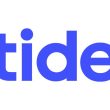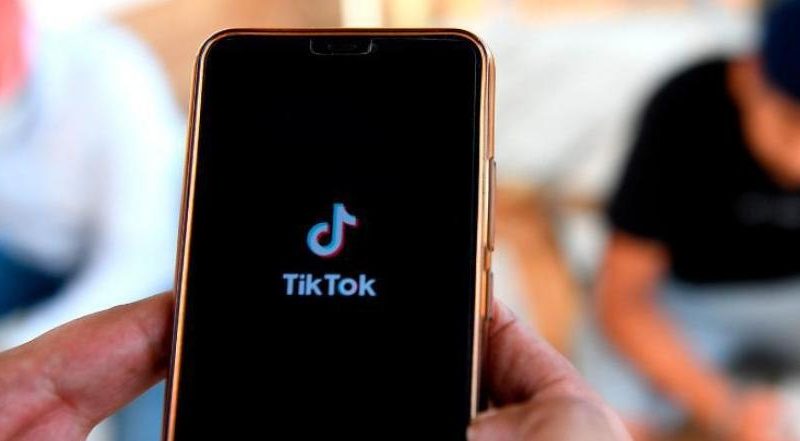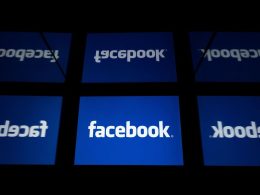TikTok has become the latest great fashion social network. Usage rates are rising, its success is already beginning to go beyond teenagers, and brands have begun to pay as much attention as possible to incorporate it into their social media marketing strategy. But what do they need to know about what works in that space and how brand accounts should be managed?
A Quintly study has tracked the top 50 TikTok accounts as of March 10, looking at what they posted between January 1 and September 30 of this year. Their analysis has focused on the types of videos they publish, the engagement they achieve and the impact of their messages. From their analyzes, certain conclusions can be drawn about patterns that work for these profiles.
The best results are achieved on the weekend and the days around
Or what is the same: to succeed on TikTok, it is better not to post on Monday. Creators are, in general, just as active one day as another, but they do not achieve the same results in one day as in another. The videos published from Thursday to Sunday are the ones that accumulate the most engagement and the most views.
Possibly, this happens, they theorize, because the followers of those accounts spend more time in that range of days compared to the others. Of course, the most popular accounts have started to publish less than they did before. Its update frequency fell by 0.8 comparing the data of March 2020 with those of the same month in 2021
Engagement has skyrocketed
Although the frequency has dropped, the same has not happened with engagement. In the same period it has skyrocketed. It has gone from having an average engagement per video of 13.9% in March 2020 to one of 15.3% in 2021.
Why? Is this marked by the fact that there are more and more users on TikTok? According to Quintly, the reason is in the type of content: popular accounts have managed to further refine what content their followers are interested in.
Success is immediate
TikTok is a platform focused on the immediate. The study used a scale to analyze the contents of Charli D’Amelio, the most popular TikTok account by followers. Videos achieve most of their views in the first five days, then fall. This implies that the views accumulate slower, but not necessarily that the video will stop watching. They keep piling up after publication, as the TikTok feed format (which is not based on the timeline) allows old content to surface.
The perfect video profile
The study has also analyzed the average duration times and other characteristics of the content. Their conclusions indicate that the videos are, for the most part, 15 seconds long, even though they may be longer. The 15 seconds are the most common, but not the most popular.
The ones with the most views and the most engagement are the 9-second videos. The interesting thing is that the format of the videos does not necessarily impact their success. Most of the videos are vertical and have dimensions of 720p (1280 x 720 px), but it cannot be concluded that one format improves the final results over another.
Most of the videos do not have an associated description and, in fact, of the videos with descriptions, the ones with the shortest are the ones that work best (if it is long, you have to click the see more button). If there is a text that accompanies the video, this is, most likely, an accumulation of hashtags, because it is what allows other users to find them. Even so, even with this data, the most common is that the videos come out with an empty text.
What about branded content
What most interests marketers about what happens to videos on TikTok is how it affects their marketing actions. For now, brand-linked content works quite well. Of the videos from the leading accounts, 13.3% – 1 in 10 – were linked to brand challenge hashtags. Interestingly, these videos achieved greater engagement than those that did not belong to this type of action.
Of course, if the focus is broadened to see how much content linked to the brand, including other actions such as product placement or promotional messages, only 0.3% of the videos can be considered brand-related messages. The hashtags #Ad and #MarcaPartner (where it puts a brand would go the name of the brand in question) are the most used to indicate that it is sponsored content. These videos achieve a higher average number of views, but their engagement is lower.









